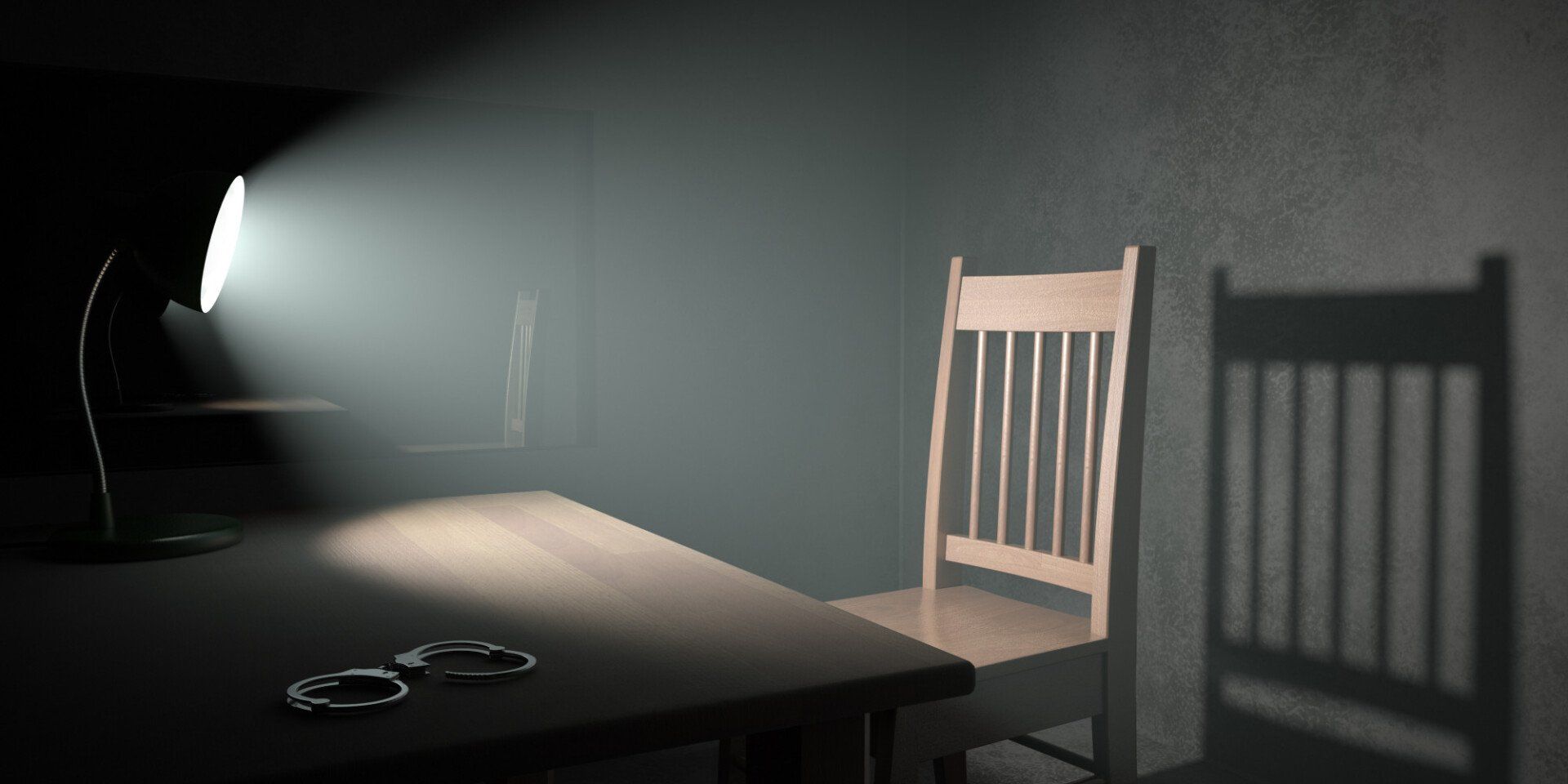Court of Appeals Panel Split on Intimidation Charge
On April 21, 2016, the Indiana Court of Appeals affirmed Victor Roar’s conviction for intimidation in part because they “conclude[d] that the majority in [an earlier case] did not correctly decide that question.” Roar v. State , 49A02-1506-CR-506 (Ind. Ct. App. 2016). The case the Roar Court was criticizing was C.L. v. State , 2 N.E.3d 798 (Ind. Ct. App. 2014). Attorney Brandon Murphy of the law firm of Cannon Bruns & Murphy, LLC. had represented C.L. as his appointed appellate counsel and authored the appellate brief encouraging the Court of Appeals to adopt a certain rule with regard to intimidation in retaliation for a prior lawful act, which is one of two different ways an intimidation charge may be made. In the intimidation for a prior lawful act charge, the C.L. panel of the Court of Appeals adopted a standard that when “the allegedly threatening statements in the record … made were conditional and aimed at future, rather than past, conduct” a conviction for intimidation should be reversed. C.L., slip. op. at 5.
Intimidation is a crime for threatening another person. I.C. 35-45-2-1. Since threats are generally verbal, the statute may implicate free speech considerations under the First Amendment, see, e.g., Elonis v. United States, 575 U.S. — (2015), or under Article I, Section 9 of the Indiana Constitution, see, e.g., Jordan v. State, (Ind. Ct. App. 2015). The base charge of intimidation is a class A misdemeanor, punishable by up to one (1) year in jail and/or a $5,000 fine. However, the charge may be a felony if the threat is directed at a law enforcement officer or if the threat is made by wielding a deadly weapon. There are other ways the charge may be filed as a felony, but those are the most common types. In order to constitute a crime, however, the threat must have been made with the intent to retaliate for a prior lawful act or with the intent that the threatened person engage in conduct against that person’s will. I.C. 35-45-2-1.
In C.L., the crime was charged under the provision that the child’s threats aimed at his grandfather were made “with the intent to retaliate for a prior lawful act.” The evidence, however, showed that all of the threats were conditional and targeted future conduct. Essentially, the evidence was that C.L. was threatening his grandfather to give him loan proceeds that the grandfather had yet to receive. Because the threat was targeted at future conduct, the Court of Appeals reversed C.L.’s adjudication as a delinquent child, but did so over a dissent. The C.L. decision was 2-1 in favor of reversing the adjudication: Judges Baker and Crone were the majority and Judge Najam was the dissenter. The State did not seek that the matter be transferred to the Supreme Court, and the opinion was certified and published.
The Roar and C.L. decisions illustrate important misconceptions about the appeals process. For one, the Indiana Court of Appeals is one court with five panels, and the panels may disagree with each other as we saw in C.L. and Roar. However, the Court of Appeals is the intermediate appellate court and must treat precedent from the Indiana Supreme Court as binding precedent under the doctrine of stare decisis. Therefore, when a panel split occurs like in C.L. and Roar, the Supreme Court often will be more likely to take and decide the matter. When the Supreme Court accepts a matter, which they are not generally required to do, they “grant transfer,” which typically vacates the Court of Appeals opinion, making it as if it never happened. The Supreme Court could still grant transfer in Roar and then decide the issues presented in both C.L. and Roar.
It is important that if you wish to hire appellate counsel for yourself or a loved one that counsel be retained quickly after the offending order is issued. A notice of appeal must generally be filed within thirty (30) days of that offending order. Indiana Rule of Appelllate Procedure 9. This triggers certain deadlines. The Clerk of the Courts must assemble the documentary record of the case within thirty (30) days of the notice of appeal being filed. Indiana Rule of Appellate Procedure 10(B). The record of the proceedings must be transcribed, or typed-out, for the review of the Court of Appeals within ninety (90) days of the notice of appeal being filed. Indiana Rule of Appellate Procedure 11(B). The appellant’s brief is due within thirty (30) days of the transcript being prepared. The appellee’s brief is due thirty (30) days after the appellant’s brief is filed. The reply brief of the appellant is due within fifteen (15) days of the appellee’s brief being filed. Indiana Rule of Appellate Procedure 45. The matter is then “fully briefed,” and submitted to the Court of Appeals for review. While there is no time limit for the issuance of appellate opinions, it has been attorney Murphy’s experience that an opinion is typically issued approximately two (2) months after the matter is “fully briefed.” Therefore, if the matter is handled expeditiously with no extensions of time, a Court of Appeals opinion would be issued approximately nine (9) months after the offending order in a criminal case. Should you wish to seek transfer after the issuance of the Court of Appeals opinion, the “Petition for Transfer” must generally be filed within thirty (30) days of the issuance of the Court of Appeals decision. Indiana Rule of Appellate Procedure 57.
The post Court of Appeals Panel Split on Intimidation Charge appeared first on Cannon Bruns & Murphy, LLC.









